SNAPSHOT
(a short bio)
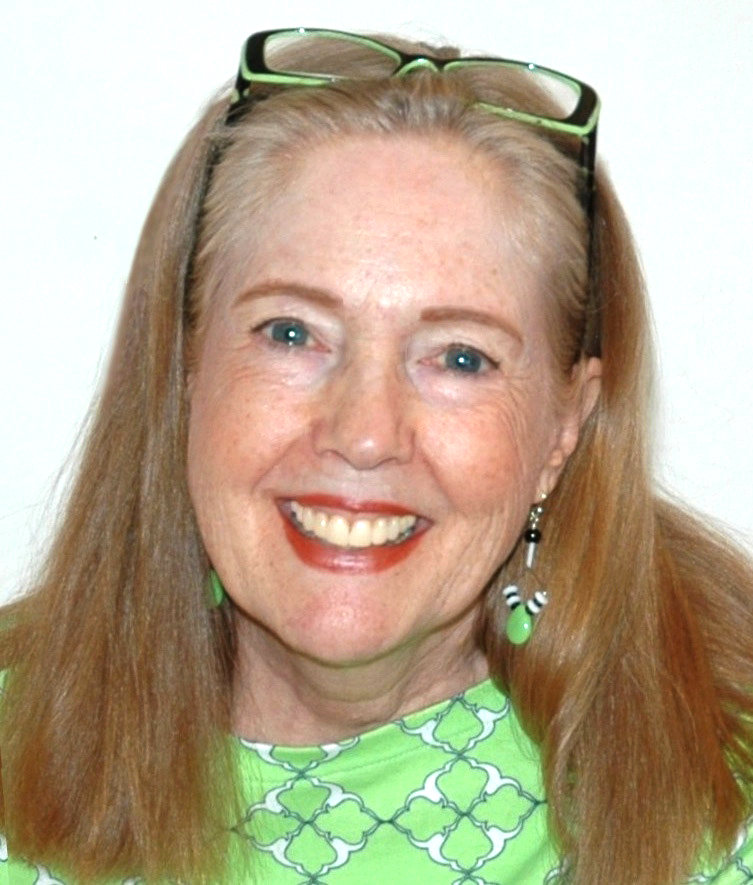
Callie Raab
I was born in Minneapolis, Minnesota, where my father had grown up, and I spent my childhood in St. Paul. Later, when my parents divorced, my mom moved my brother and me to Berkeley, California, her hometown.
In college I was a Regents Scholar at U. C. Berkeley, where I majored in Spanish, and, as a junior, I studied abroad at the University of Madrid during a time when Spain was still a fascist country under the heel of the dictator Franco.
After graduating Phi Beta Kappa and magna cum laude, I did a brief stint as a Pan Am stewardess so I could travel; among my destinations for work were Tokyo, Hong Kong—and Vietnam, where I flew an R and R (Rest and Recreation) for soldiers during the war.
Throughout the rest of my twenties I taught at Seven Hills Elementary School, helping to develop a reading-readiness program. In my thirties I went back to school to earn a credential in English as a Second Language and worked as an aide in a class of Cambodian refugees. Later I taught ESL privately, many of my students foreign Ph.D. candidates studying for their orals.
I designed both my children’s story collections to help develop reading fluency, each tale featuring a common letter pattern in English (such as ea, igh, and tion). The Adventures of Jix is an early reader that introduces all the letter patterns. The Poof! Academy I and II are middle readers—the first a great book for kids transitioning from picture books to novels, the second a fun way to build vocabulary.

THE BIG PICTURE
(a long bio)
WRITER?
For the longest time, I didn’t know I was meant to be a writer. When my third-grade teacher wrote in my autograph book at the end of the school year, “Maybe someday I’ll pick up a book, author Cathy Raab,” I honestly had no clue, and it wasn’t until my freshman year of college that I got my first inkling. Writing a paper on Hamlet, I became so caught up in it, I would often wake up in the middle of the night with new ideas and insights, a deluge of words flooding my head. In my excitement to get them all down before they crowded each other out of my memory, I’d find myself sitting not in my chair but on the back of it as I typed.
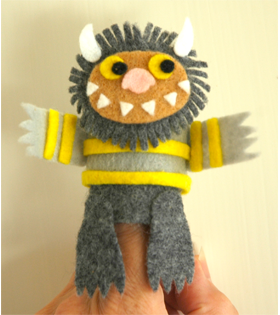
ARTIST
On the other hand, I figured out pretty early that I was meant to be an artist, getting my first recognition when my kindergarten teacher sent me to the principal’s office, not to be disciplined but to show her the crayon picture I’d drawn of my class having a parade. Later I took to drawing pencil portraits of my family, friends, and even myself when I was home sick and bored. Consequently, in my self-portraits I look wan and disheveled, with stray bobby pins tangled in my hair. (And though I hated my freckles, I didn’t omit them, feeling obliged to draw exactly what I saw.) I also showed an early penchant for fashioning various things out of impractical materials—like finger puppets made of origami paper that quickly faded to colorlessness and bright poster board dollhouse furniture that didn’t fare much better.
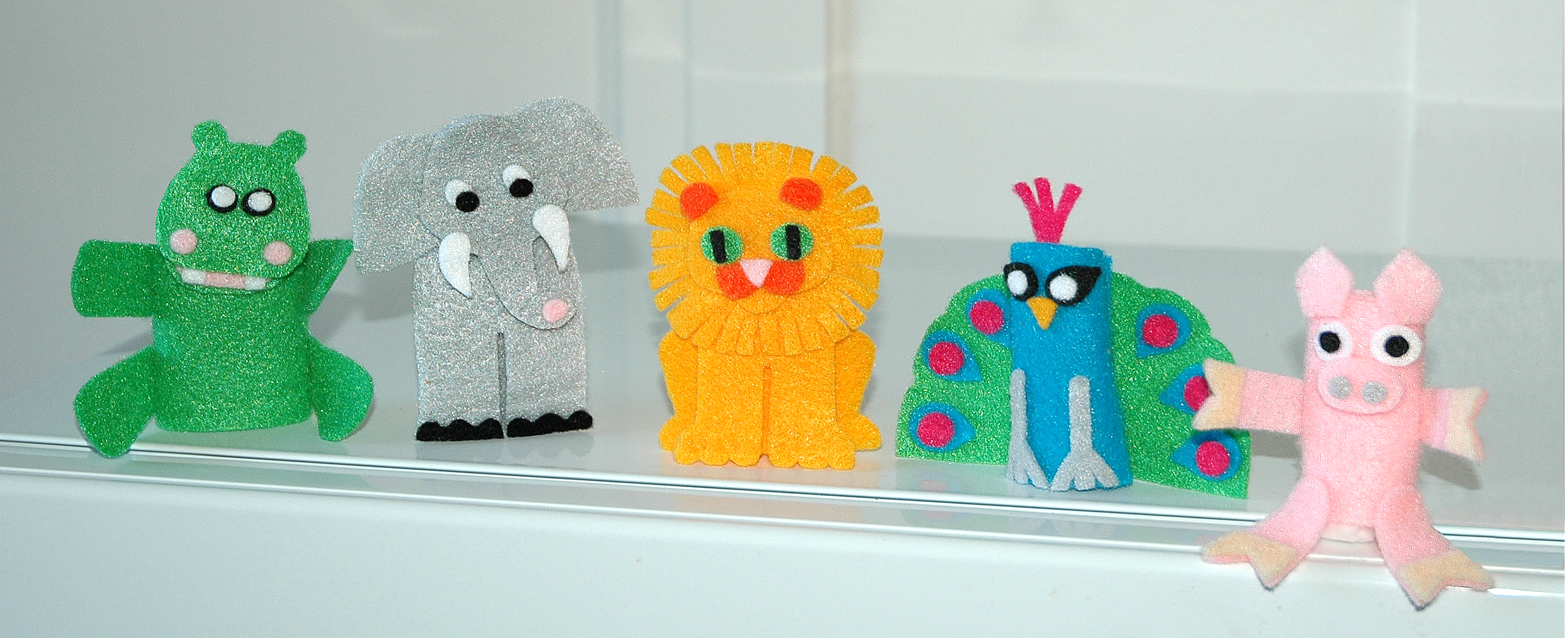

JUNGLE
So what finally enabled me to write a children’s book? The answer to that question requires me to provide some backstory. I grew up in a close-knit community in St. Paul, Minnesota, called St. Anthony Park. My dad was a professor of philosophy at the University of Minnesota, and my mom worked at an adoption agency, then as a high school counselor. When I was eleven, my parents divorced, and two years later my mother moved my brother and me to Berkeley. During the following year, my father took to his bed with a mysterious malady. He experienced burning pain throughout his body, and the doctors at the time diagnosed arthritis. So he accepted a position as head of the Philosophy Department at the University of Arizona, hoping that the dry climate would alleviate his symptoms. He had a house built twenty miles out in the desert and raised an orphaned coyote as a pet. But his health didn’t improve—not until seventeen years later, when he was prescribed a drug that cured him, virtually overnight. With a new lease on life, he asked himself what he would most like to do—and the answer was to chase butterflies through the Ecuadorian rainforest. So for several summers he lived in a hut on the Amazon River with a monkey and coatimundi for companions. Somebody Grab That Dog, my first story, is about a child who grabs hold of the leash of a runaway dog and gets dragged off on a wild adventure through harrowing and far-flung habitats, including a jungle and a river “wide and brown.” I’d always felt a deep sadness about my father’s disability, and his recovery was both liberating and inspiring to me. (I should probably also mention that my father used to tell Doug and me bedtime stories about fictional kids having myriad adventures, though these often included giants, which gave my brother nightmares.)
MUSES
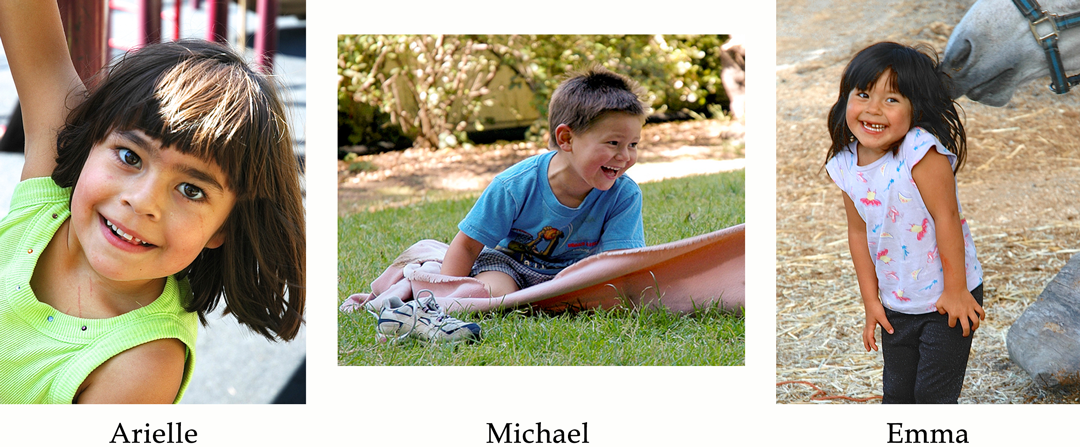
MUSES

Arielle
Michael
Emma

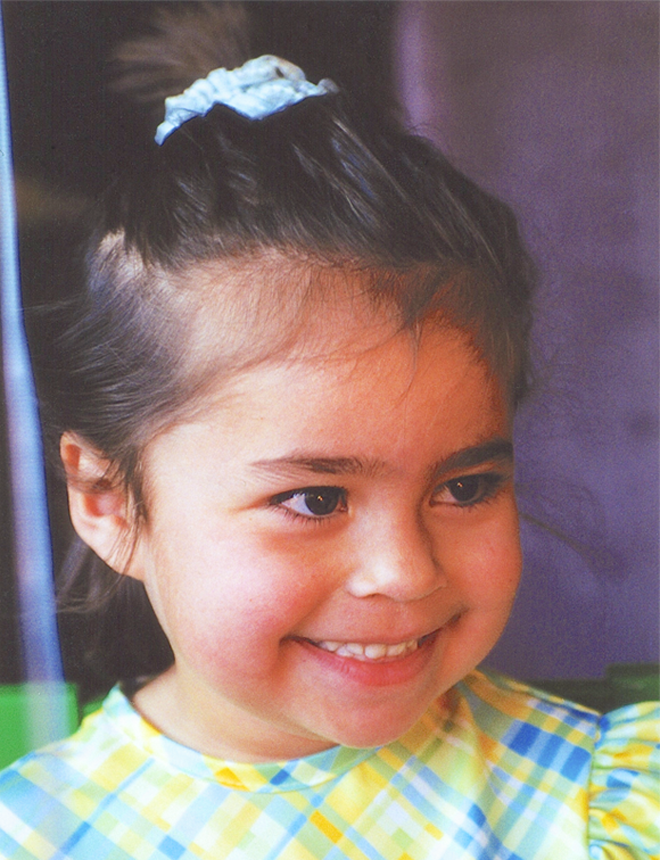 It all started when my friend Leia was pregnant with Michael, and Arielle, just two, was still nursing. Knowing that the arrival of a rival at the snack bar was going to be hard for Arielle, a child with a steely will, I started going over to their house to spend time with her. (The first few visits, Leia woke her from a nap, and I was greeted by a toy thrown at me.)
It all started when my friend Leia was pregnant with Michael, and Arielle, just two, was still nursing. Knowing that the arrival of a rival at the snack bar was going to be hard for Arielle, a child with a steely will, I started going over to their house to spend time with her. (The first few visits, Leia woke her from a nap, and I was greeted by a toy thrown at me.)
From the beginning, Arielle insisted I tell her stories, and it soon became clear she was as entranced by fairy tales as I once was, being especially partial to those about mermaids since she had the same name as one. “Do you have toys for me to play with at your house?” she asked me wistfully one day. So I bought a car seat, a couple of Kelly dolls (Barbie’s little sister), and, yes, made another dollhouse out of poster board.

“We really like each other, don’t we?” Arielle whispered to me one afternoon while we were cuddling during a rest. “We love each other,” I replied. On another occasion we were sitting on the steps of her preschool, pretending to be on a rollercoaster, and when I said I was scared, she put her little arm around me reassuringly, saying, “I’ll save you.” She was three. Before long she could recite all the picture books I bought her word for word, but she balked at learning to read, surmising, I suspect, while trying to follow along, that the rules of English spelling were a bit dicey. So I started writing stories to teach her the common letter patterns, so they wouldn’t seem so unmanageable. And I didn’t stop until I’d written over forty of them—the collection I call The Poof! Academy, which became a middle reader as the stories evolved in their complexity. Later on I went to her school to read the stories to her classmates—and felt like a celebrity when one of the little boys yelled “Bravo!” after my first gig.
The Poof! Academy (Volumes I and II) is a collection of fairy tales full of magic and mayhem, ten of them about a little school for witches whose magical mischief leads to no end of trouble. I plan to publish both volumes in 2020, as well as a novel about the little witches called The Improbable Voyage of The Poof! Academy.

MICHAEL
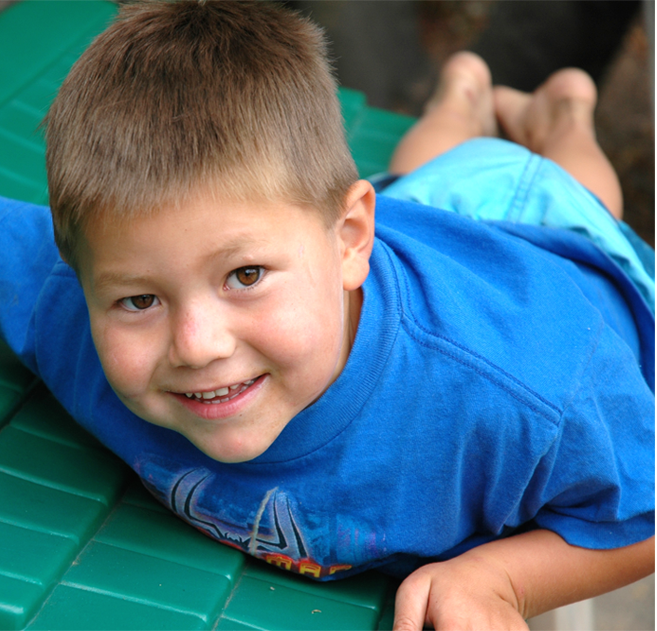 In the meantime, I was a little worried about Michael, the sweetest, sunniest little boy you could imagine, with a single obsession—trains. Later, at an age when most kids had mastered their r’s, he still hadn’t, and though he could recite a ditty with all the letter sounds, he didn’t seem to be making much headway when it came to reading. So I wasn’t entirely surprised when, in second grade, he was diagnosed with dyslexia. After that, I often took him to see reading specialist Jane Ashley, listening in on his lessons while he occupied himself with tying and untying his shoe laces, playing with the cat under the table, or slowly sipping his lemonade, postponing answering Jane’s questions as long as he possibly could. So, just as I had with Arielle, I started writing stories for him, easier ones I called The Adventures of Jix, a collection that Jane has since used with her Special Ed kids at Stanton Elementary School and her private students as well. These stories I illustrated, and when I went to read to Jane’s class, I was asked to sign autographs! But the Jix collection isn’t just for kids with special needs; it’s an early reader for all kids at a second-grade level.
In the meantime, I was a little worried about Michael, the sweetest, sunniest little boy you could imagine, with a single obsession—trains. Later, at an age when most kids had mastered their r’s, he still hadn’t, and though he could recite a ditty with all the letter sounds, he didn’t seem to be making much headway when it came to reading. So I wasn’t entirely surprised when, in second grade, he was diagnosed with dyslexia. After that, I often took him to see reading specialist Jane Ashley, listening in on his lessons while he occupied himself with tying and untying his shoe laces, playing with the cat under the table, or slowly sipping his lemonade, postponing answering Jane’s questions as long as he possibly could. So, just as I had with Arielle, I started writing stories for him, easier ones I called The Adventures of Jix, a collection that Jane has since used with her Special Ed kids at Stanton Elementary School and her private students as well. These stories I illustrated, and when I went to read to Jane’s class, I was asked to sign autographs! But the Jix collection isn’t just for kids with special needs; it’s an early reader for all kids at a second-grade level. For activities for kids and more about me, be sure to visit my blog.